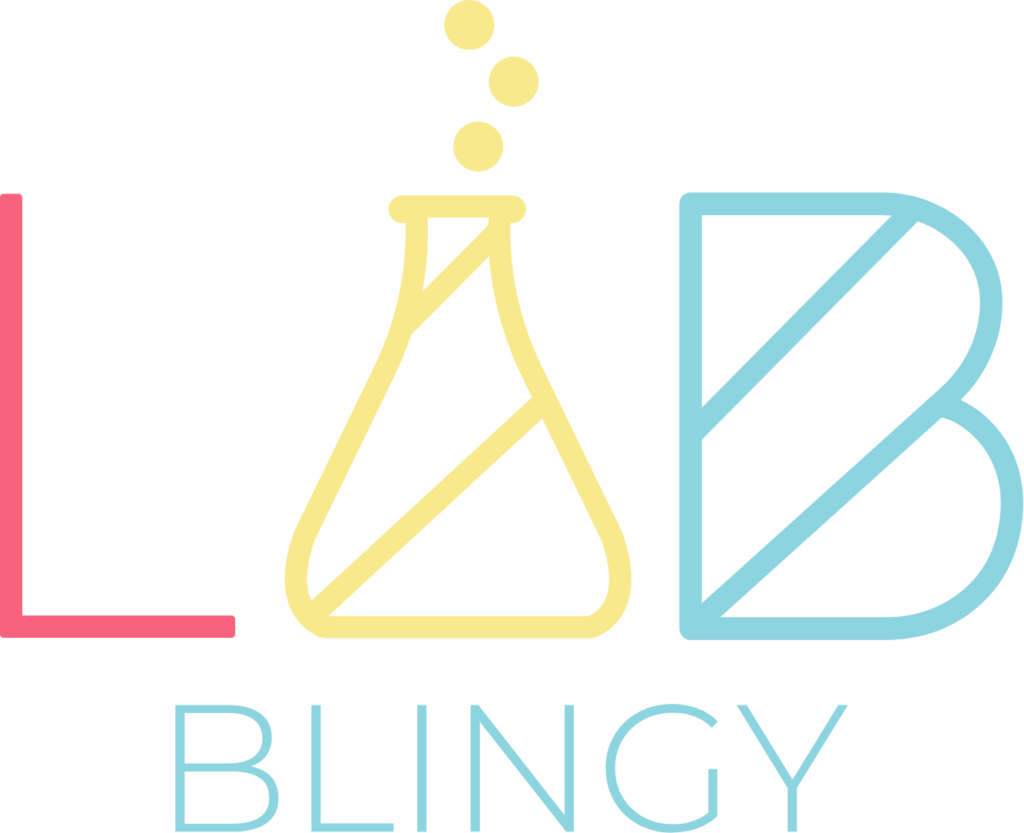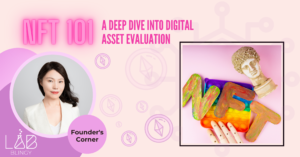The recent crash of the UST stablecoin and LUNA, its sister token, has left many questioning the value of algorithmic stablecoins.
Stablecoins are becoming popular because they offer a refuge from the volatility inherent in cryptocurrencies without having to leave the crypto market. Stablecoins are designed to be stable and pegged to fiat currencies. In the case of US Dollar-pegged stablecoins, their price is supposed to be $1 at all times.
Each stablecoin project has its different way of maintaining the peg. For example, tether (USDT) and Circle (USDC) have cash or equivalent assets in their reserves, making up at least 100%. So you know that the actual holdings of its issuers back both USDT and USDC trades. Similarly, MakerDAO’s stablecoin DAI is decentralized and overcollateralized. That means Ethereum (ETH) funds back it in its smart contracts.
Algorithmic stablecoins have emerged as a new type of stablecoin that is more appealing than traditional centralized stablecoins. Examples include TerraUSD (UST), magic internet money (MIM), and neutrino USD (USDN). Algorithmic stablecoins derive backing from an on-chain computer code designed to regulate the supply and demand of the stablecoin. The Terra blockchain runs the largest algorithmic stablecoin platform. UST is the stablecoin, and the native cryptocurrency, Terra (LUNA), backs it. For the rest of this article, we’ll use “LUNA” to refer to Terra (LUNA) to avoid confusion.
Algorithmic stablecoins provide a way to hold your currency and get stabilized returns simultaneously. They usually don’t have any backing assets in reserve, so they are often undercollateralized. Still, they offer a great alternative long-term play with an attractive yield.
What are algorithmic stablecoins?
“Algorithm” is a confusing word. But it simply means a set of code to outline specific steps. For example, Facebook’s timeline adjusts according to an algorithm, including how relevant the post is to you based on your past behavior. In cryptocurrency, an algorithm is a code that operates when specific parameters are met and recorded onto the blockchain. However, the algorithmic stablecoins use an algorithm to maintain a consistent value. These algorithms typically link two coins and then adjust their prices based on supply and demand from investors. While algorithmic stablecoins match the price and value of real-world assets, they have no tangible physical backing assets.
Algorithmic stablecoins have three main types:
-
Rebase
-
Seigniorage
-
Fractional-algorithms
Each coin type uses a different algorithm to adjust and maintain value. In some cases, algorithmic stablecoins can be very beneficial. They do not require a third party to maintain stability and can effectively adjust the number of coins in circulation based on demand. It represents how blockchain and encryption should work, with code controlling cryptocurrency and zero human input.
In early May 2022, the algorithmic stablecoin TerraUSD or UST was a top 10 cryptocurrency by market cap. Let’s see the logic behind the Terra Luna cryptocurrency and the TerraUSD algorithmic stablecoin.
Terra Luna (LUNA)/TerraUSD (UST) Relationship
Terra Luna is a regular cryptocurrency, and TerraUSD (UST) is an algorithmic stablecoin. LUNA supports UST. However, LUNA is not a physical asset. Instead, it’s a volatile cryptocurrency.
The two coins are closely related, and the value of one is affected by the other. For example, if the price of TerraUSD exceeds a dollar (due to the U.S. dollar value peg), the algorithm will burn a portion of TerraUSD, effectively destroying it. On the other hand, if TerraUSD falls below the U.S. price, some LUNA will be burned. At the same time, for every minted LUNA, a TerraUSD is burned by the algorithm, and vice versa.
UST investors also can deposit their funds in an account using the Anchor Protocol, which promises them a 20% APY return on the UST they deposit. This attractive interest rate acts as a huge incentive and drives the demand for UST.
But when the Anchor Protocol decided to convert this return into a variable rate that could be as low as 15%, people started selling their UST because it no longer seemed worthwhile to hold it that way. The change severely impacted its price and the demand for UST. Anchor Protocol’s native token, ANC, also plummeted due to the decision, losing a significant portion of its value in just a few days.
Due to these factors, both LUNA and UST crashed severely in May 2022. Both cryptocurrencies now hold only a fraction of their previous value. In short, the UST’s peg to the U.S. dollar slipped, which was then detected by the algorithm connecting the two, causing Luna’s printing to increase to support the price. By printing more Luna, the cryptocurrency price crashes as people scramble to sell, putting further downward pressure on UST.
The collapse of LUNA and UST has called into question the entire concept of algorithmic stablecoins; these stablecoins are considered venture capital investments. So, what exactly makes algorithmic stablecoins so unstable?
(If you want to learn more about LUNA Crypto Crash, please visit my blog here)
Why are algorithmic stablecoins so dangerous?
Algorithmic stablecoins pose a considerable risk because real-world assets do not back them, so they are not strictly stablecoins. They have no collateral, meaning their price stability is not as certain as you think.
Like many other cryptocurrencies, algorithmic stablecoins require demand to maintain value. We all know that the need for coins in the crypto industry can change dramatically due to various factors, and this alone remains a significant weakness of algorithmic stablecoins.
Furthermore, depending on the algorithmic stablecoin, a collapse in the value of one coin in an algorithmic pair could have a knock-on effect on another currency. We saw this in the LUNA/UST disaster. So, algorithmic stablecoins can carry even more risk if something goes wrong.
New trends in stablecoin regulation
It is worth mentioning that with the rapid fermentation of UST’s loss of anchor, many regulatory agencies have also put the supervision of stablecoins on the agenda.
-
May 12 news, U.S. Treasury Secretary Yellen: Terra is a real example of stable currency risks. The U.S. Treasury Department is preparing a report on stablecoin risks. Yellen reiterated the need for a comprehensive stablecoin framework.
-
Ashley Alder, chairman of the International Securities Commission (IOSCO), an association of market regulators, said that a joint body responsible for coordinating global cryptocurrency regulation is urgently needed and could become a reality within the following year.
-
On May 9, the Federal Reserve released its latest financial stability report, highlighting the risk of a stablecoin run. Some money market funds (MMFs) and stablecoins are still prone to runs, and domestic bank capital risks are low. However, the report wrote that some money market funds, bond funds, and stablecoins still have structural vulnerabilities. Back in January, Fed researchers published a study on the risks and benefits of stablecoins, saying the Financial Stability Oversight Board could step in to oversee stablecoins if Congress doesn’t enact new laws targeting the industry.
-
On May 11, the European Commission is considering limiting the ability of stablecoins to replace fiat currencies in widespread use, according to a document. E.U. finance ministers have proposed draconian measures to prevent stablecoins from returning to the euro. They have called for a halt to issuing a single-day volume that exceeds 1 million or the transaction volume exceeds 200 million euros. The document is marked “off-paper,” which does not reflect the committee’s official position. E.U. lawmakers and the government are trying to finalize a landmark cryptocurrency law known as Market Regulation in Crypto Assets (MiCA), with the committee holding closed-door negotiations later.
Algorithmic stablecoins are still a gamble
While the idea of an algorithmic stablecoin certainly seems to have some merit, there are still many factors that could easily affect its value and cause substantial economic losses.
Therefore, before investing in any algorithmic stablecoins, check the algorithm to understand its logic and where your investment goes.
Are you still think algorithmic stablecoins are a good investment or gambling? Leave your comments and join the discussion.
Follow my Twitter @JoyyuanWeb3to learn about the trends of Blockchain, Crypto, and Web3!








